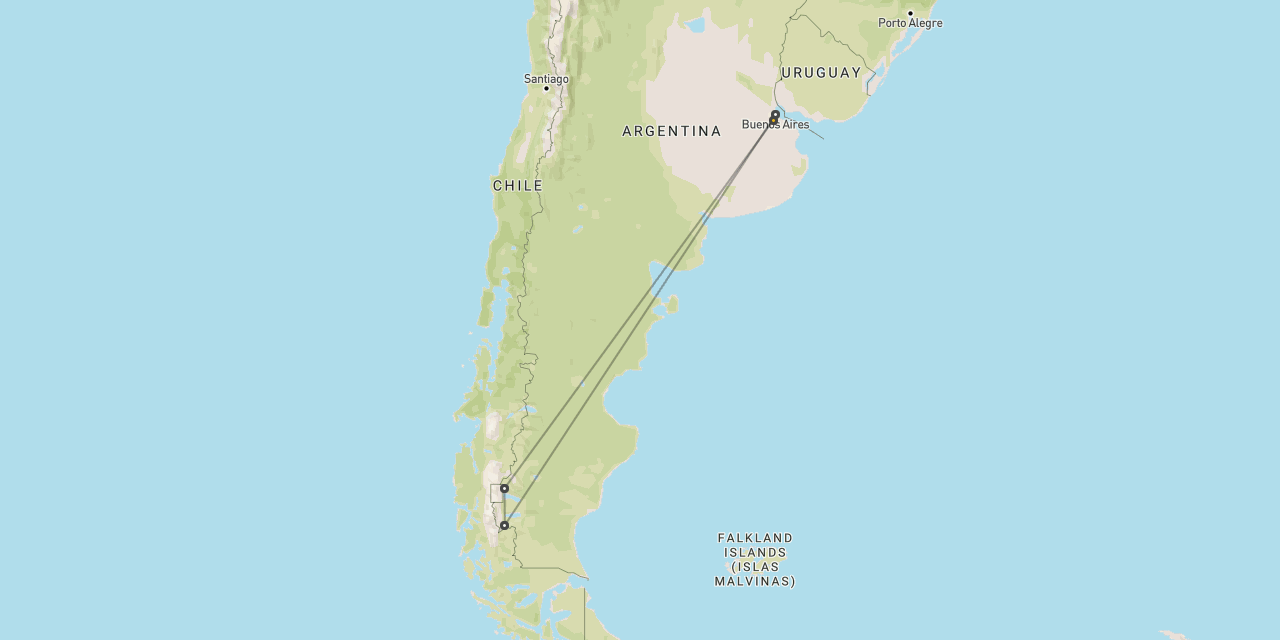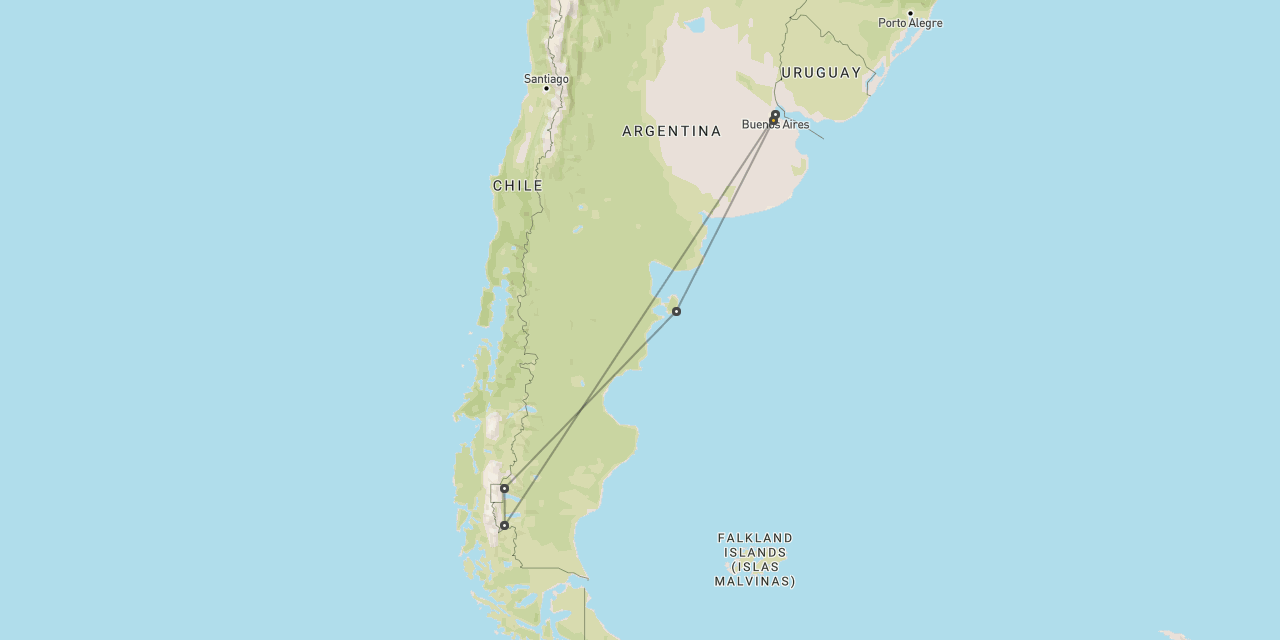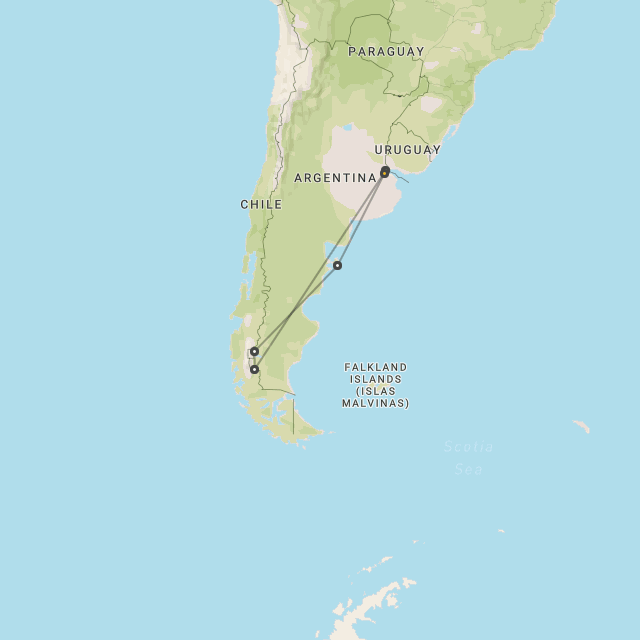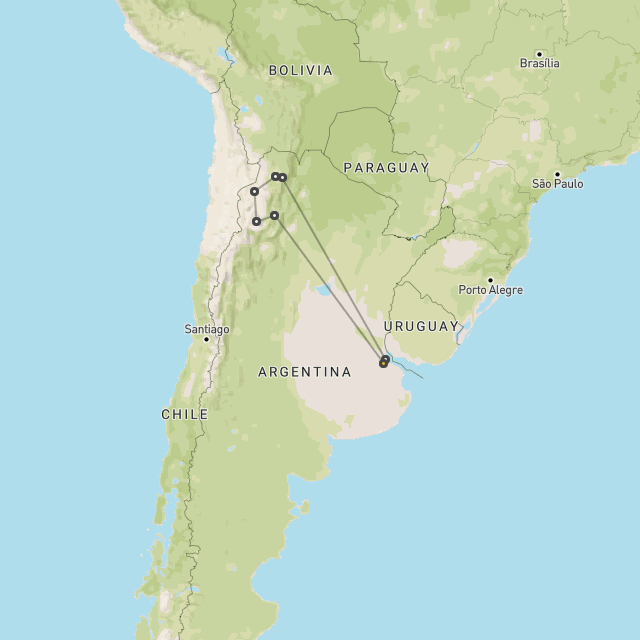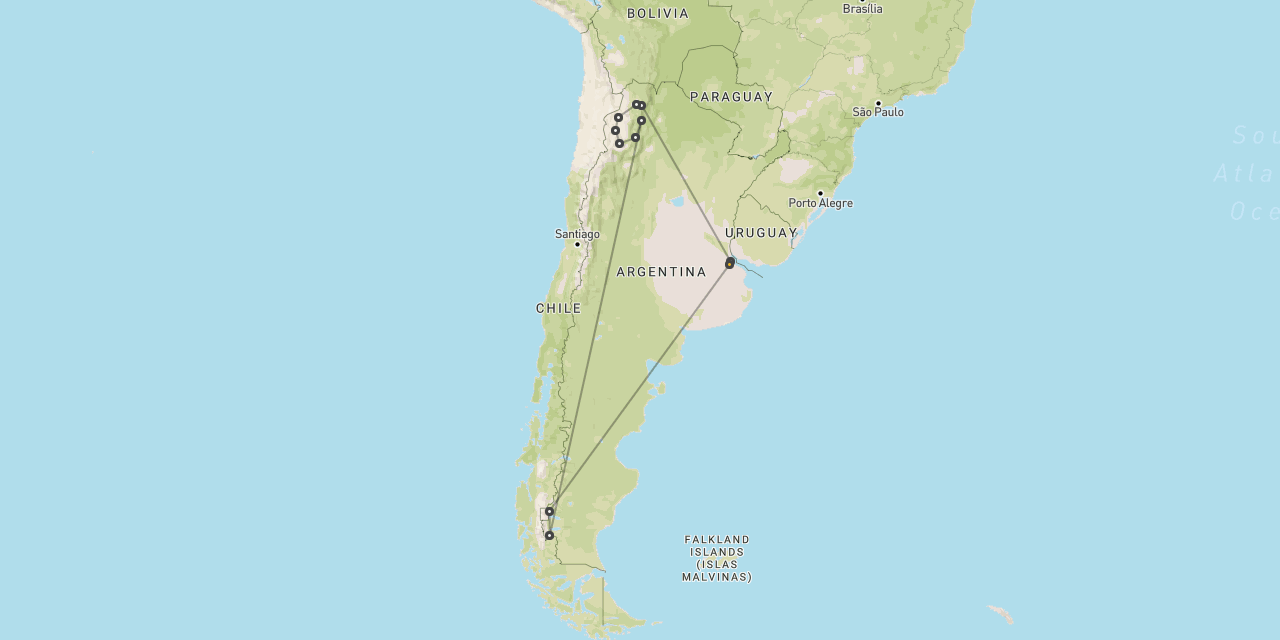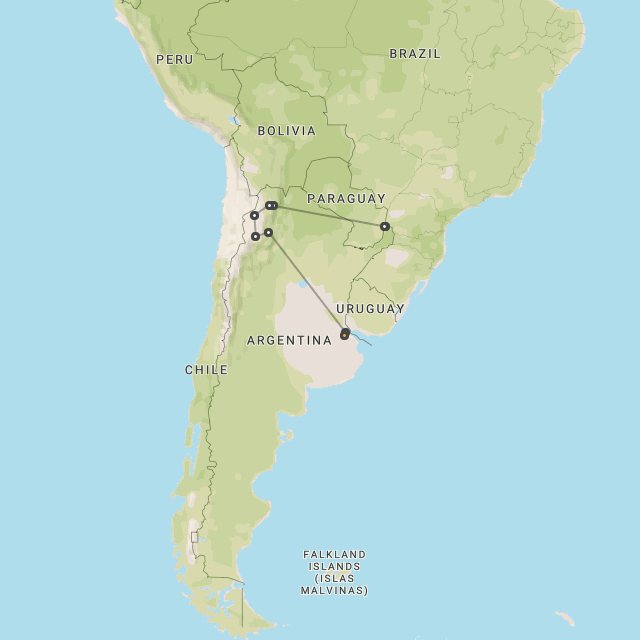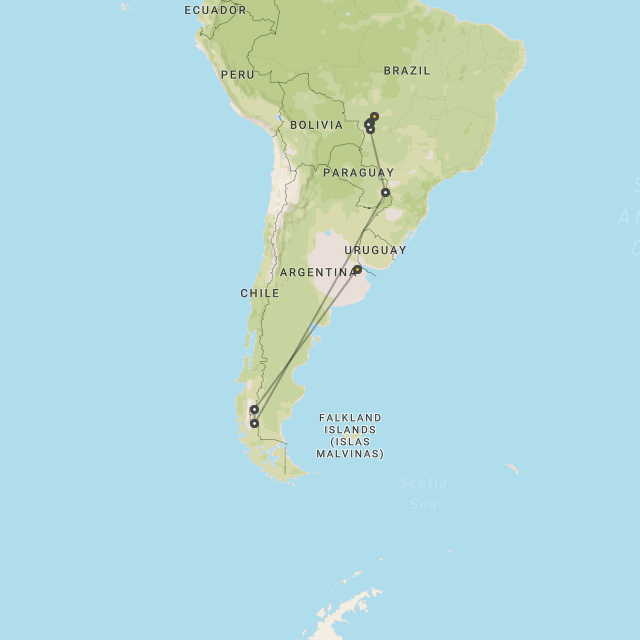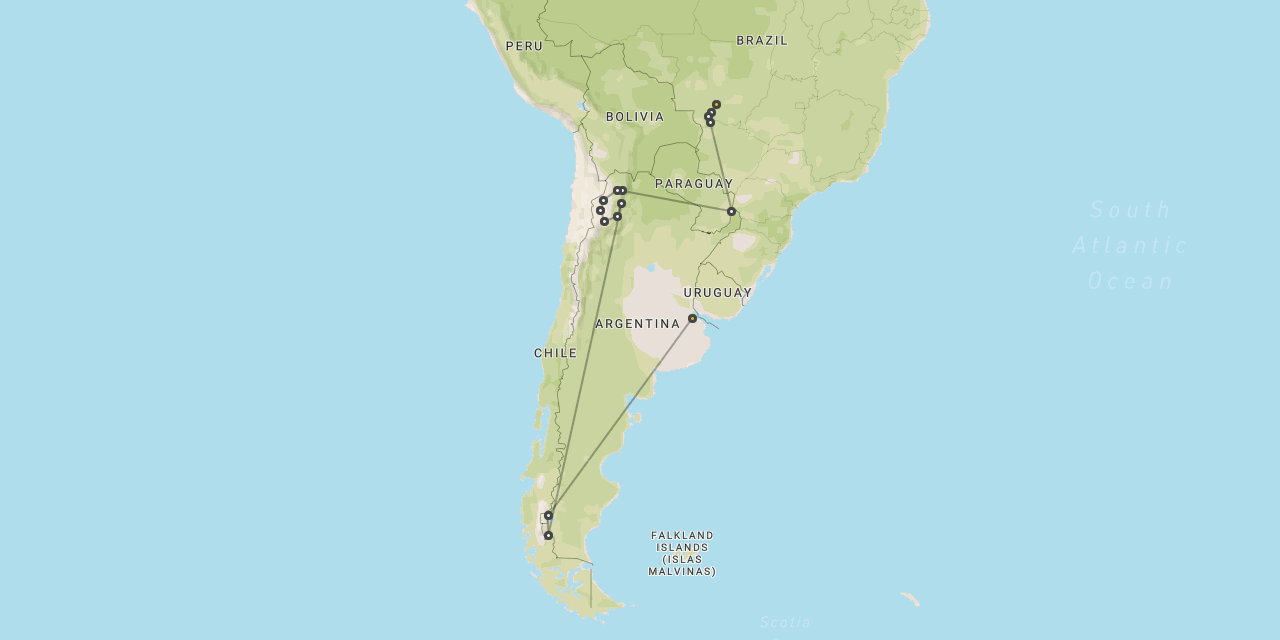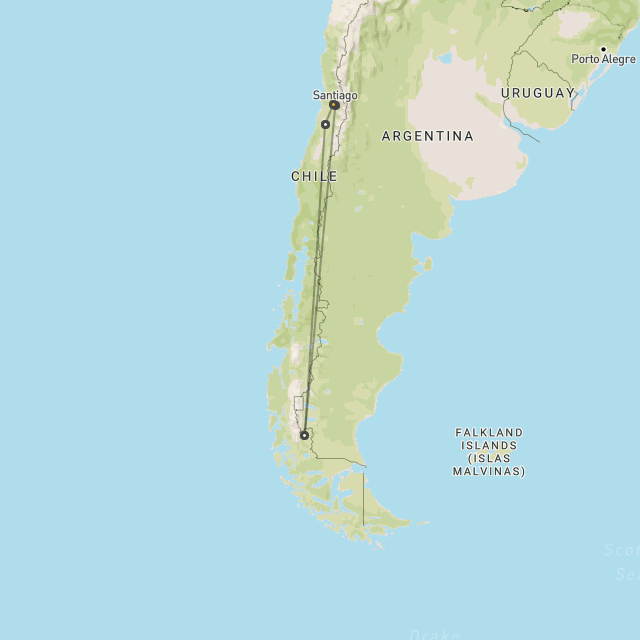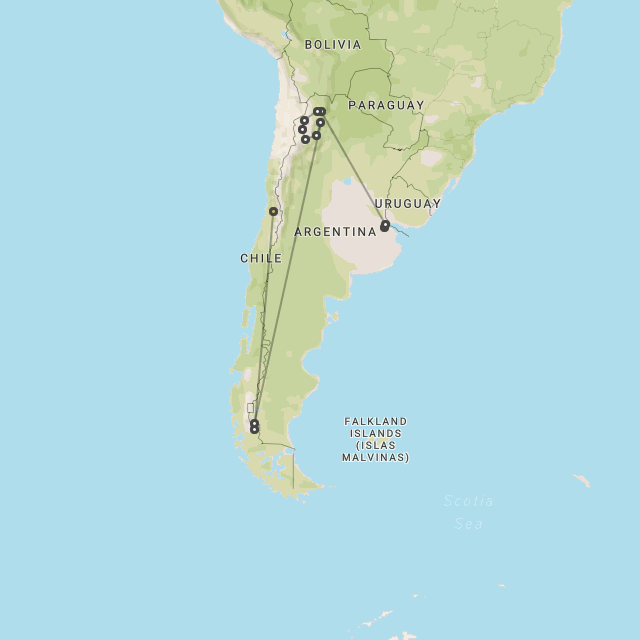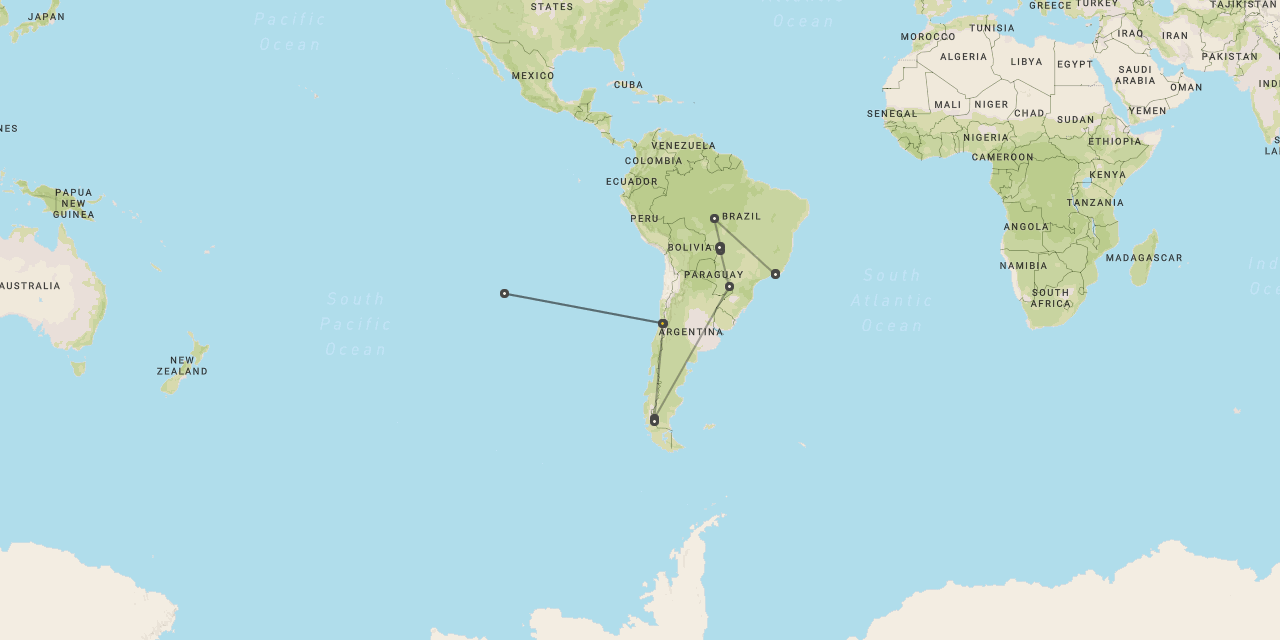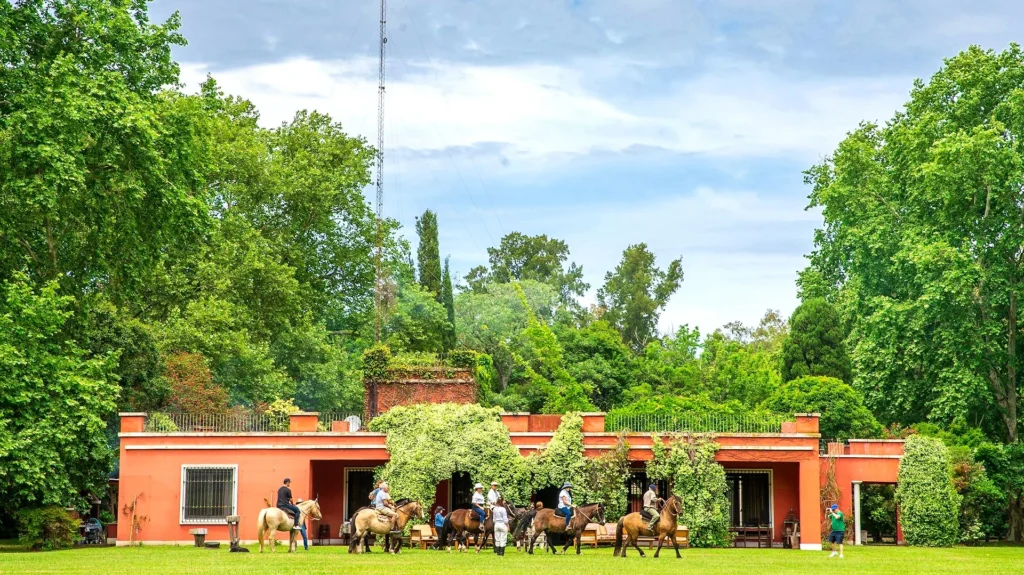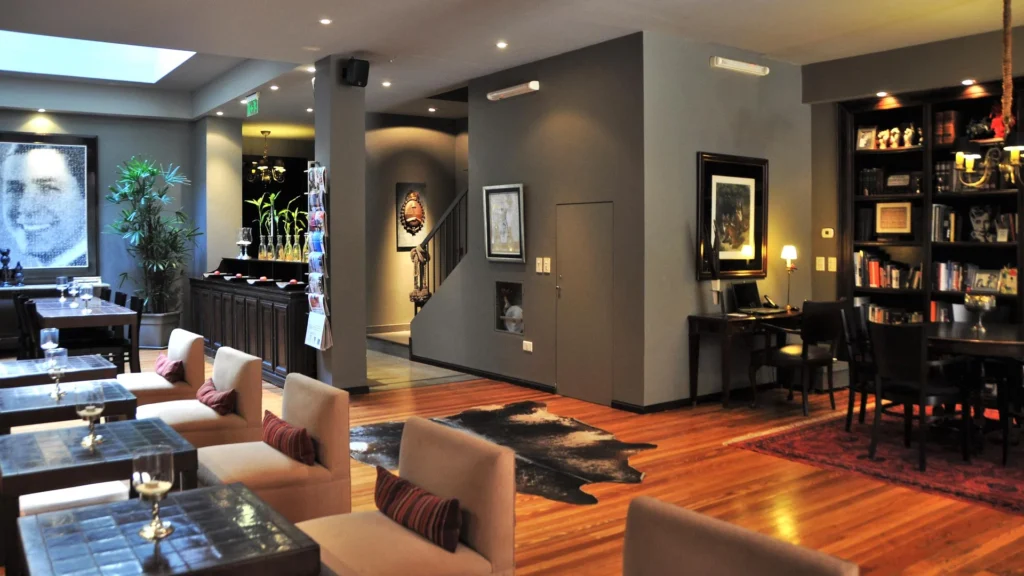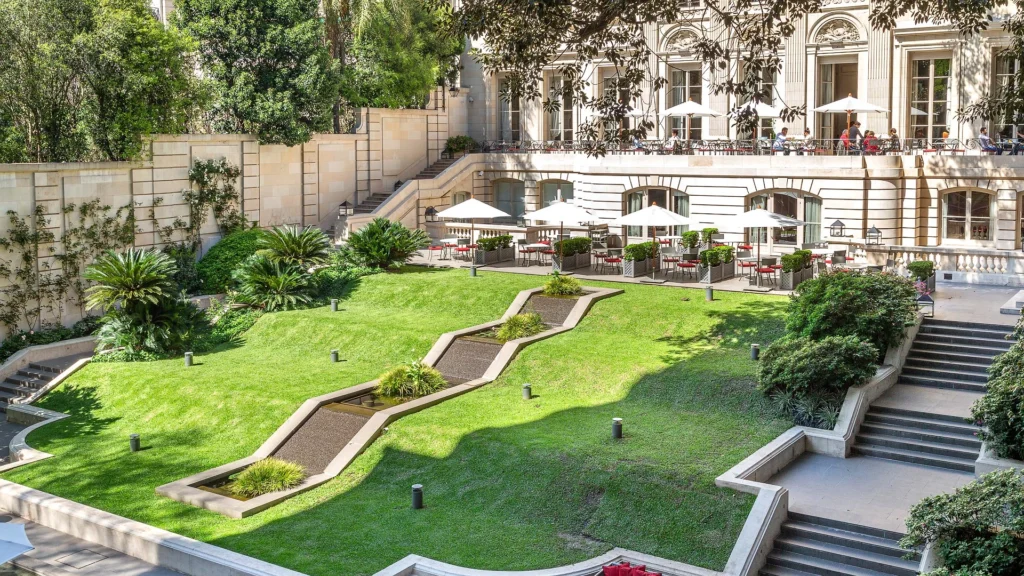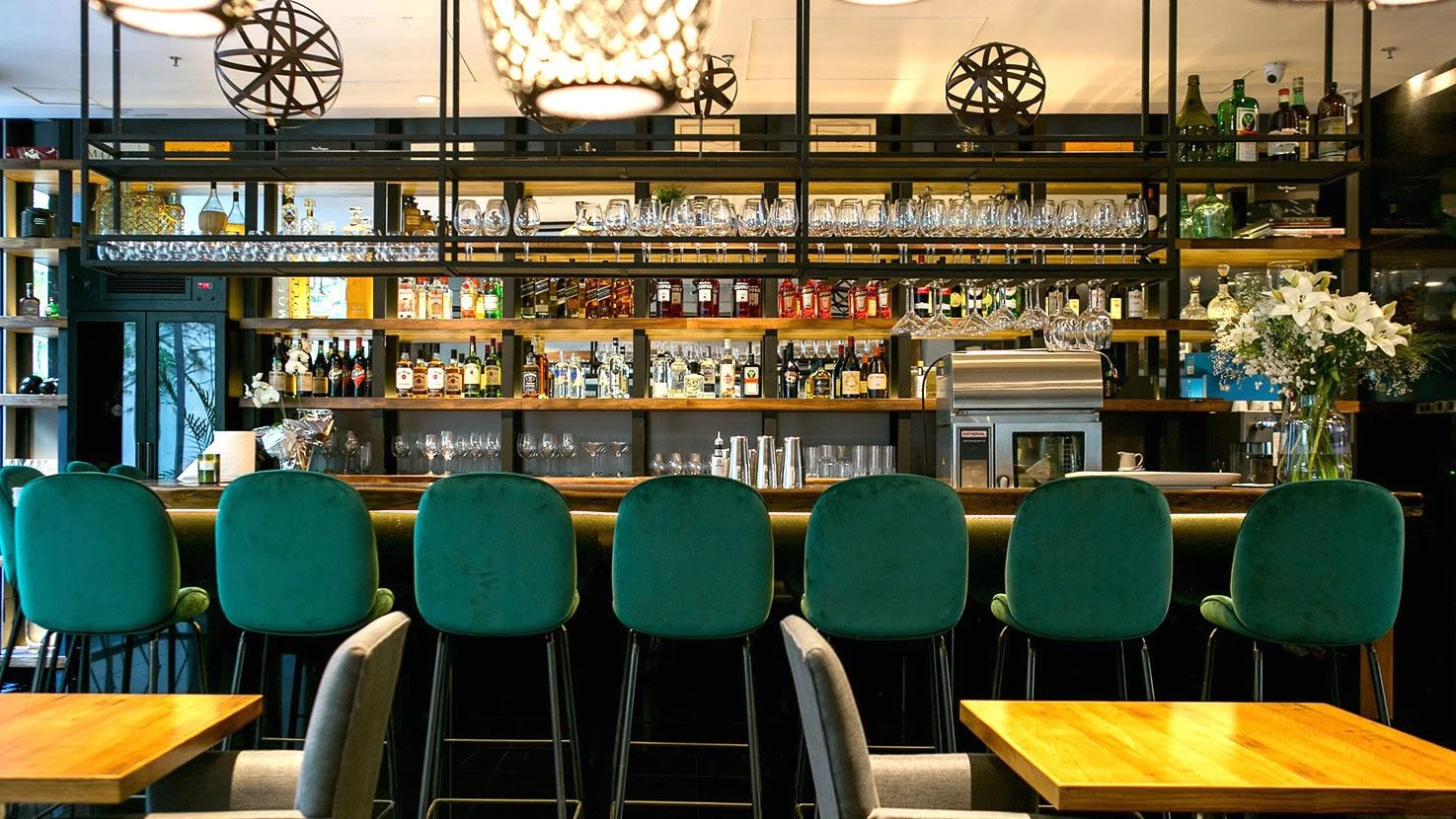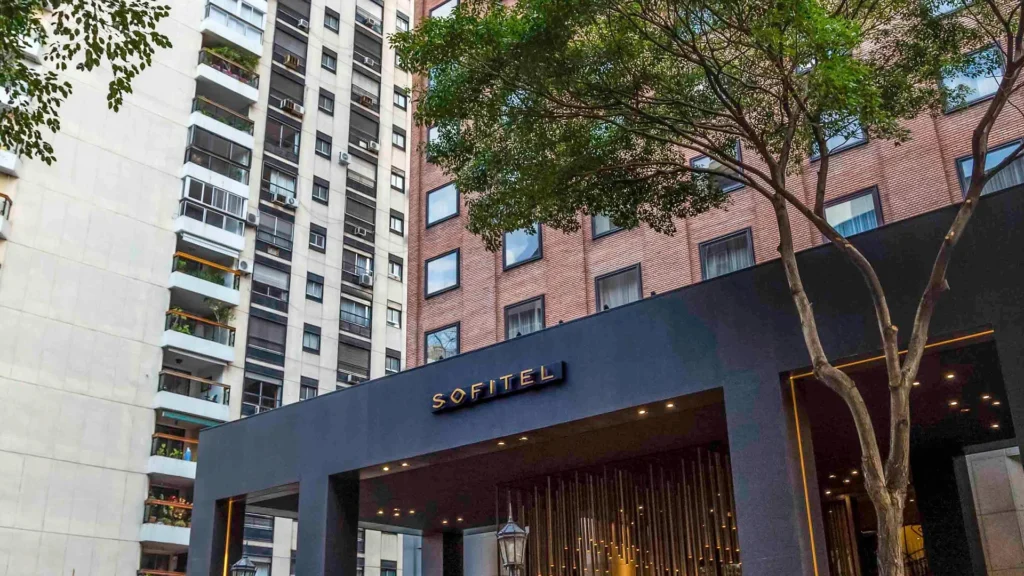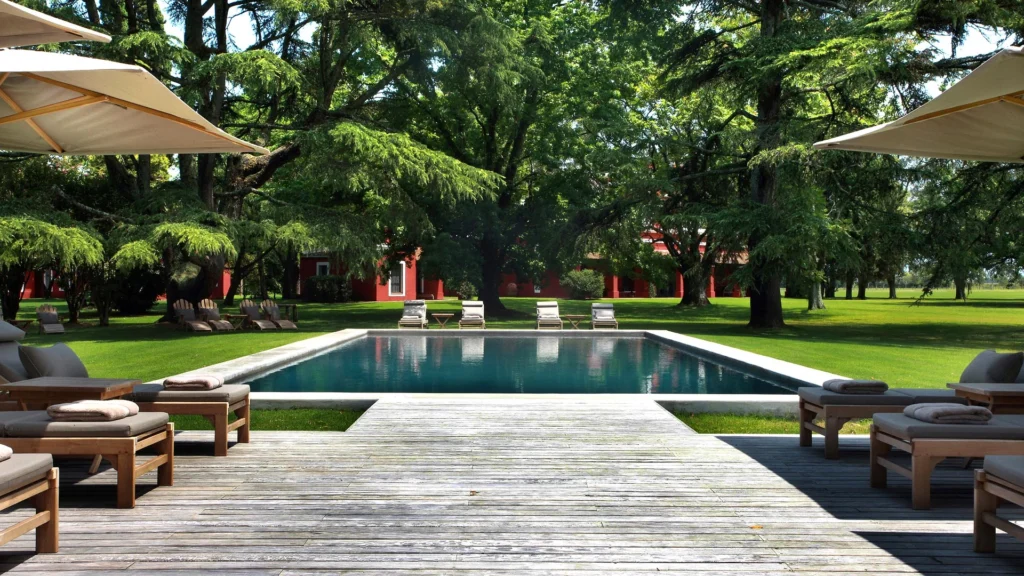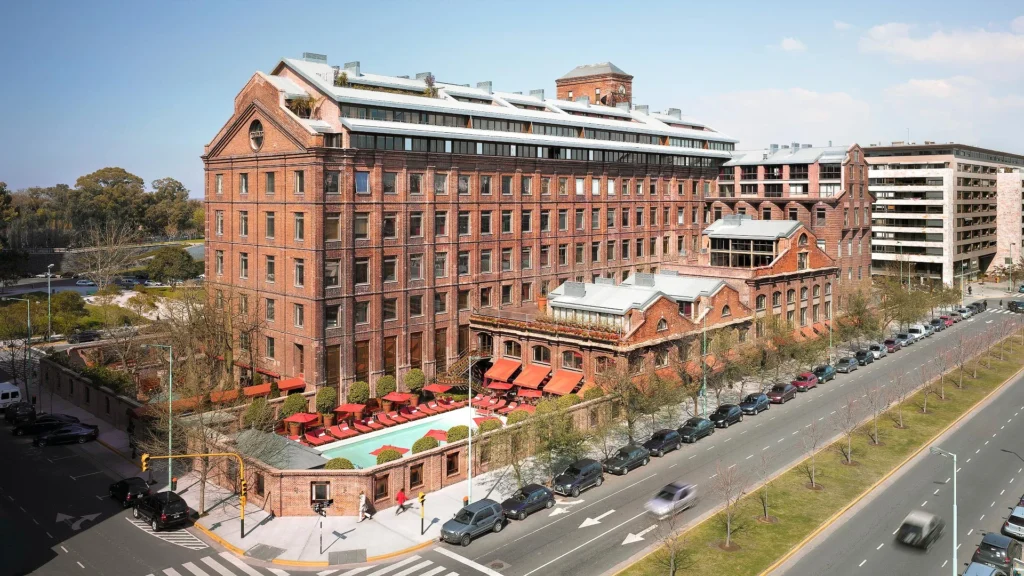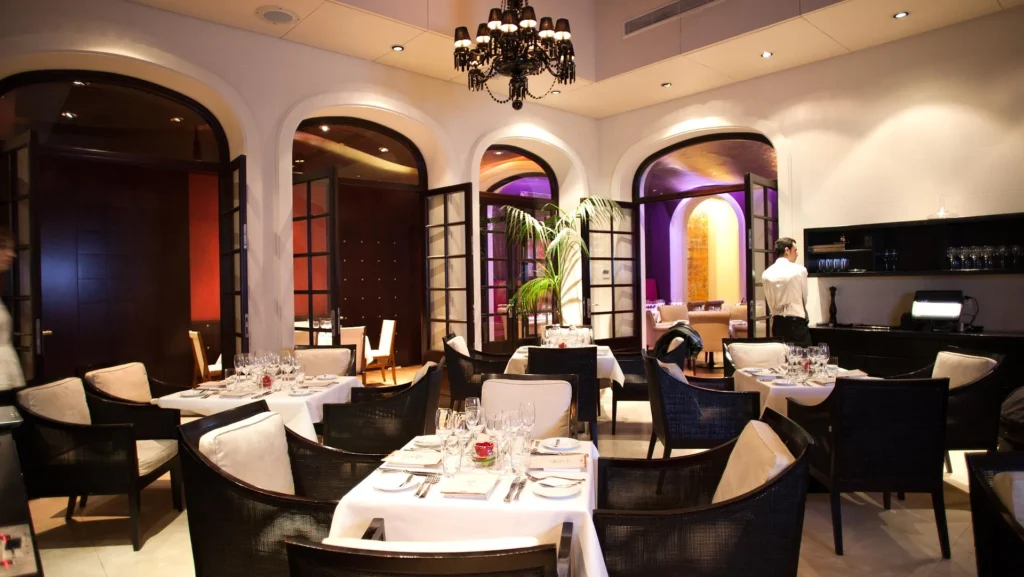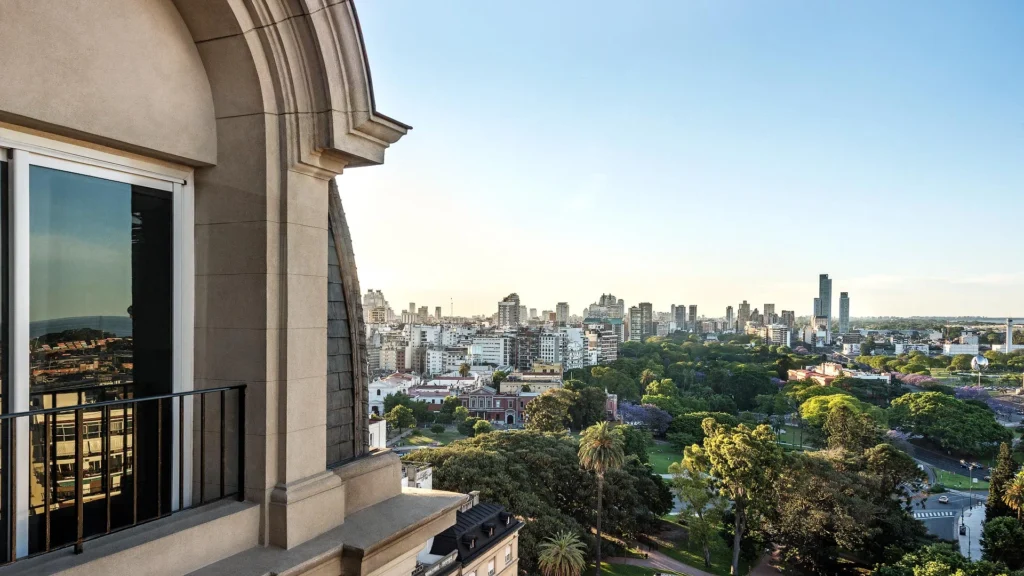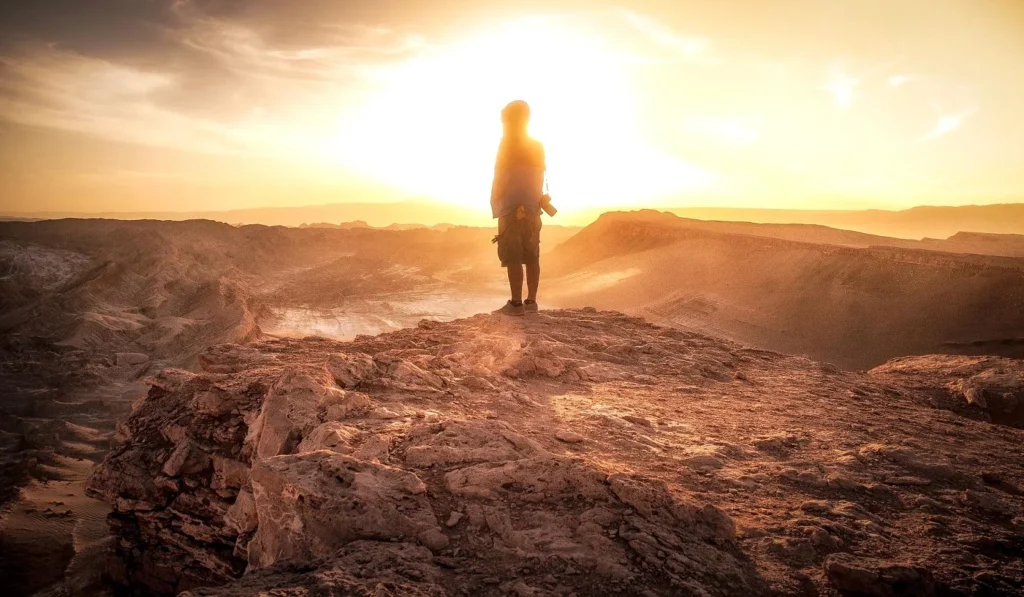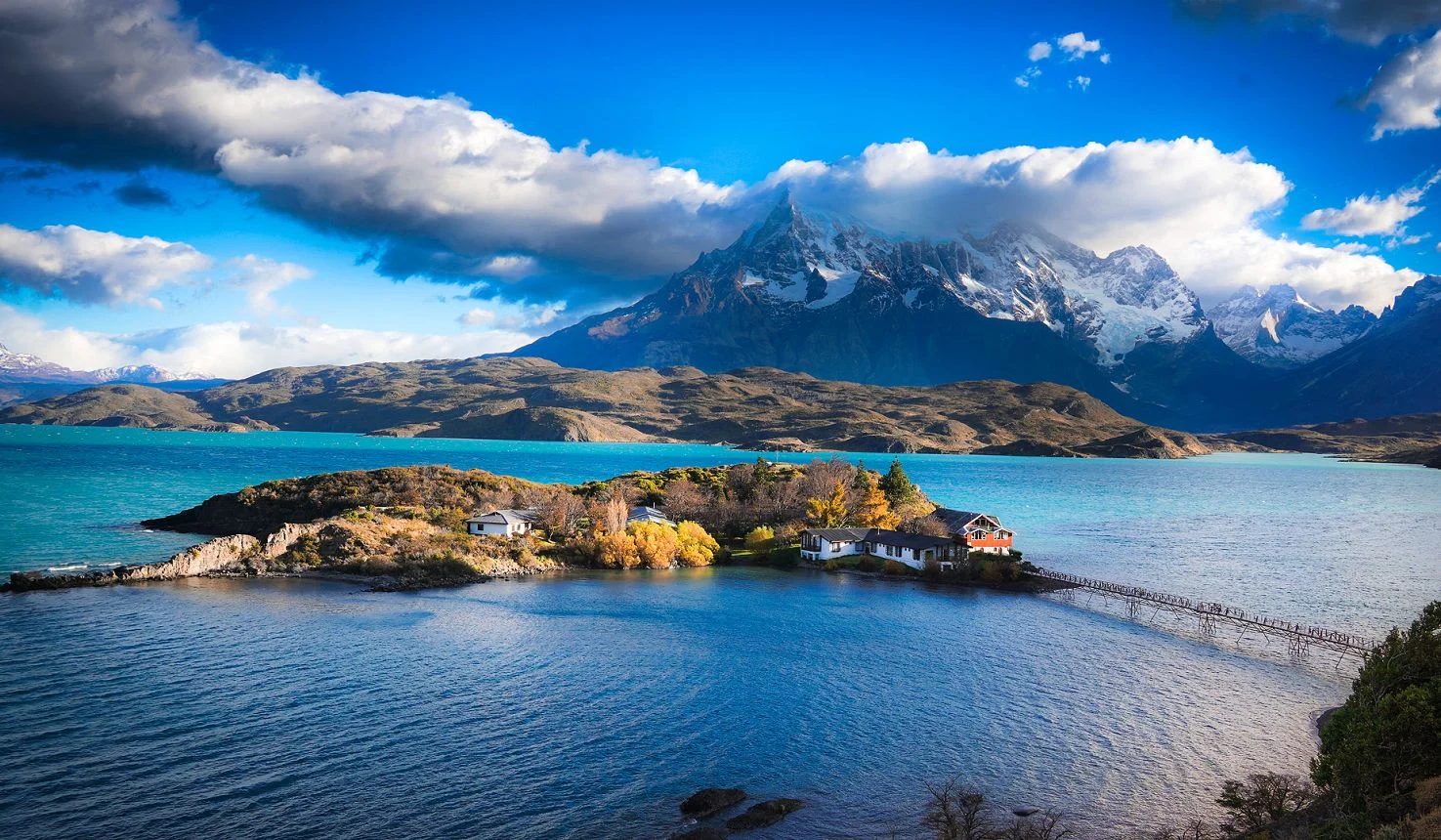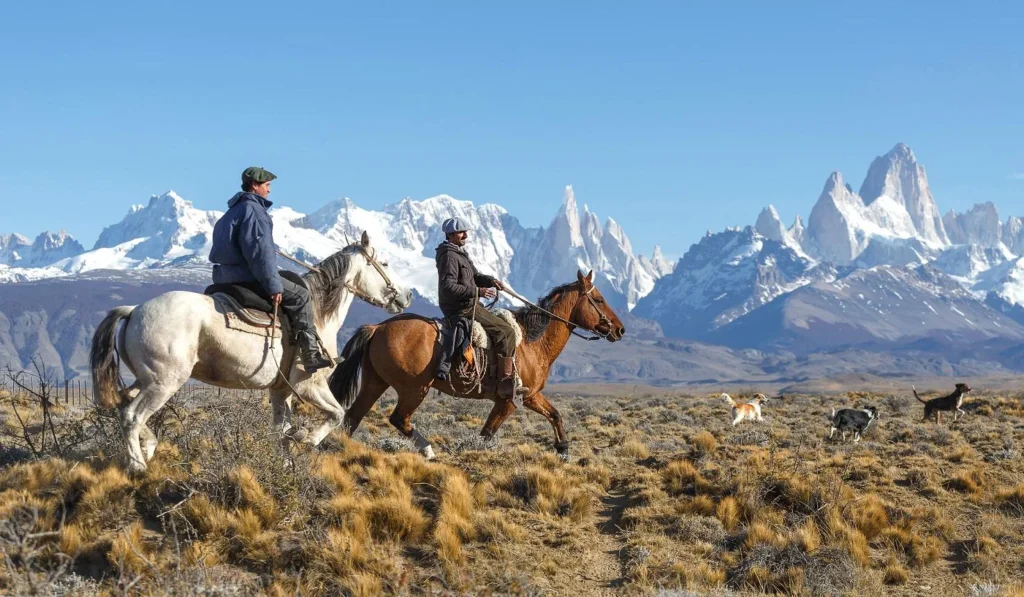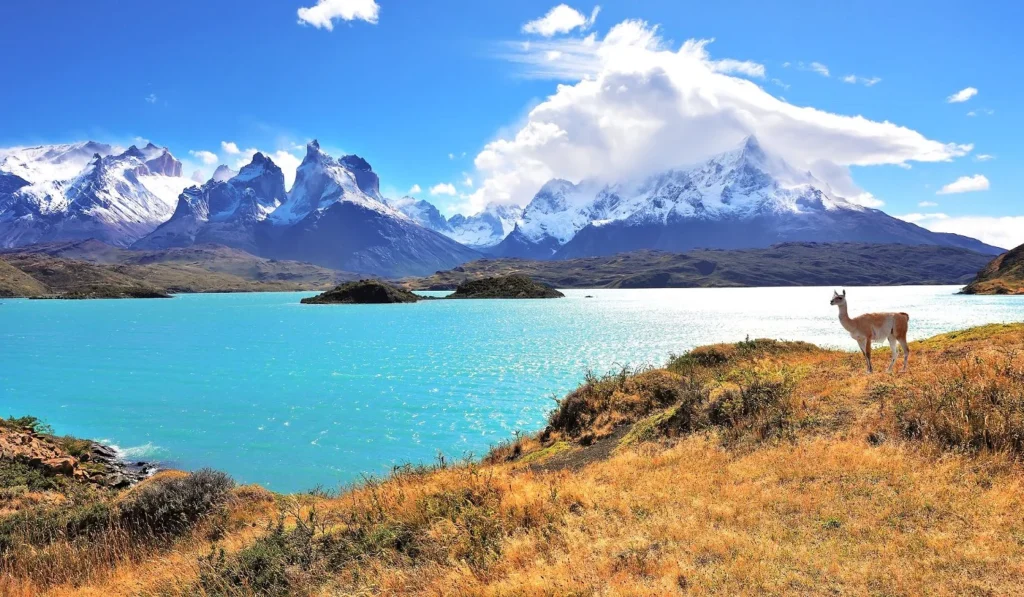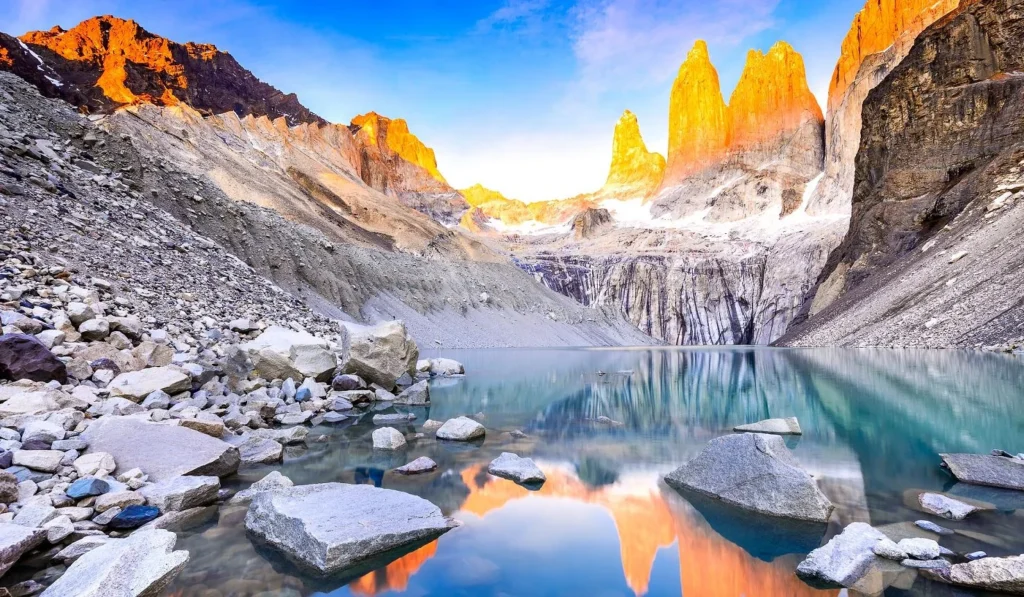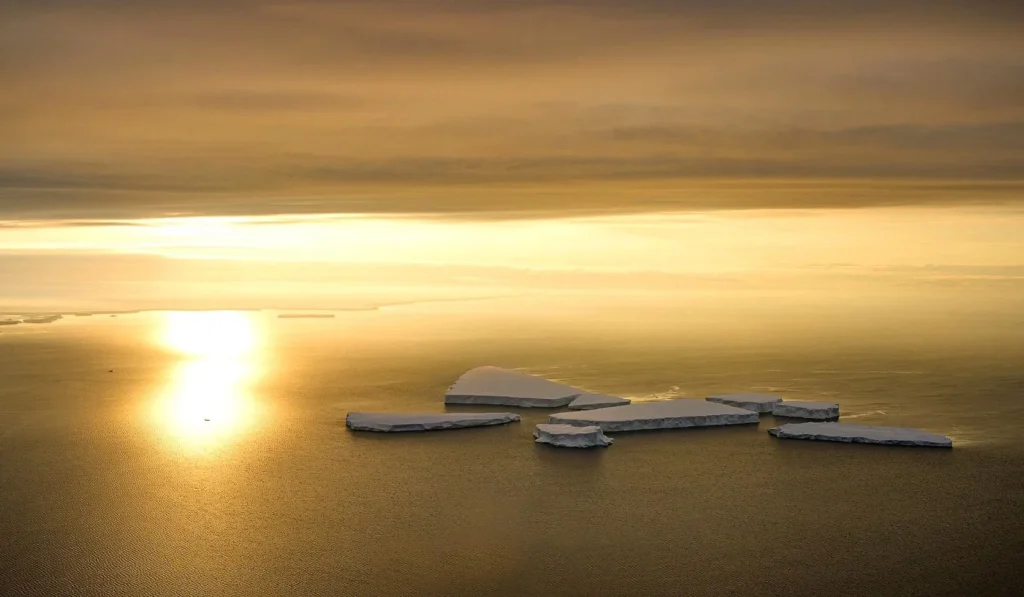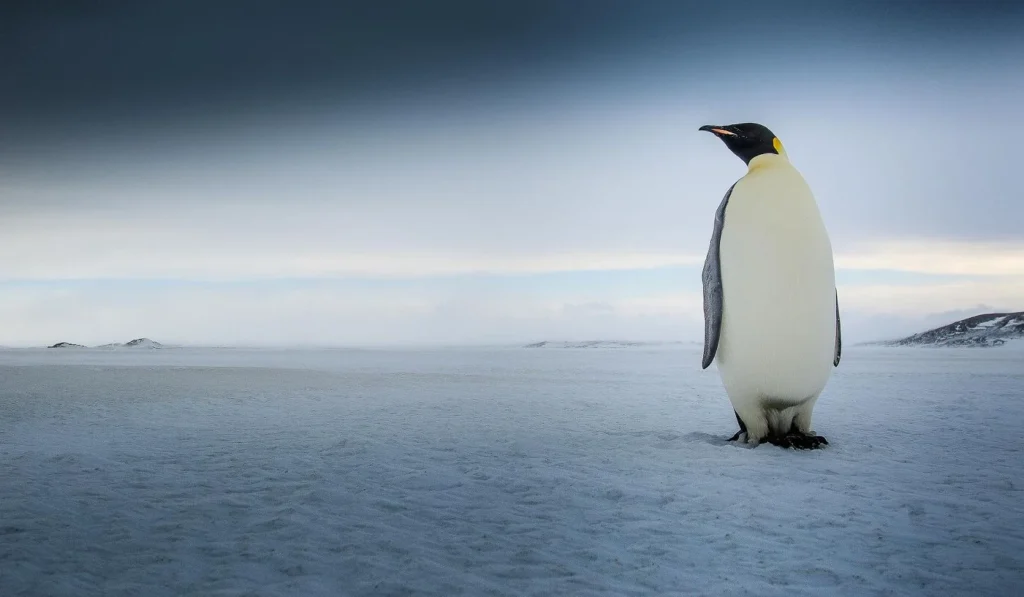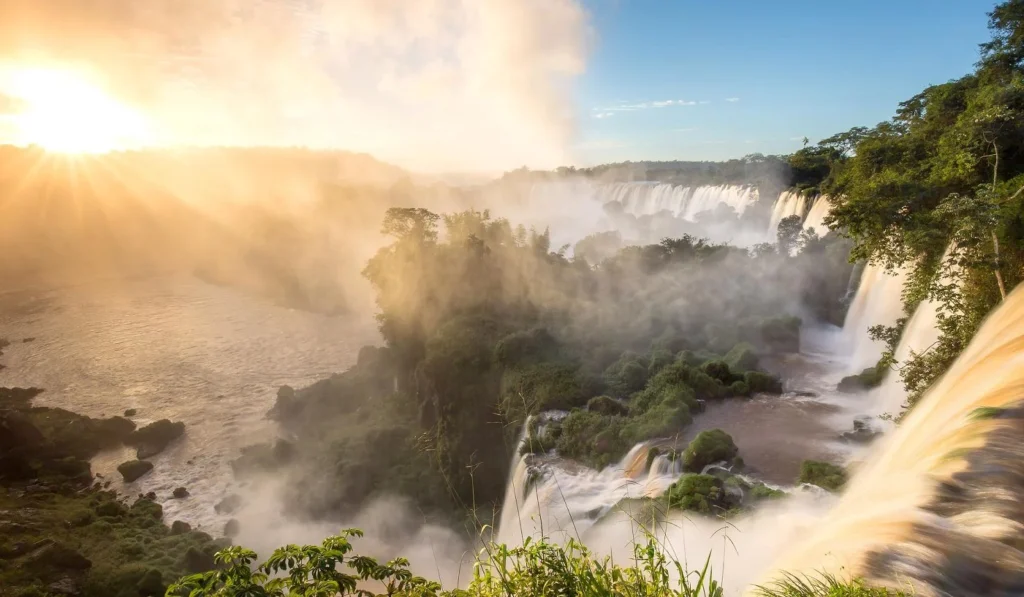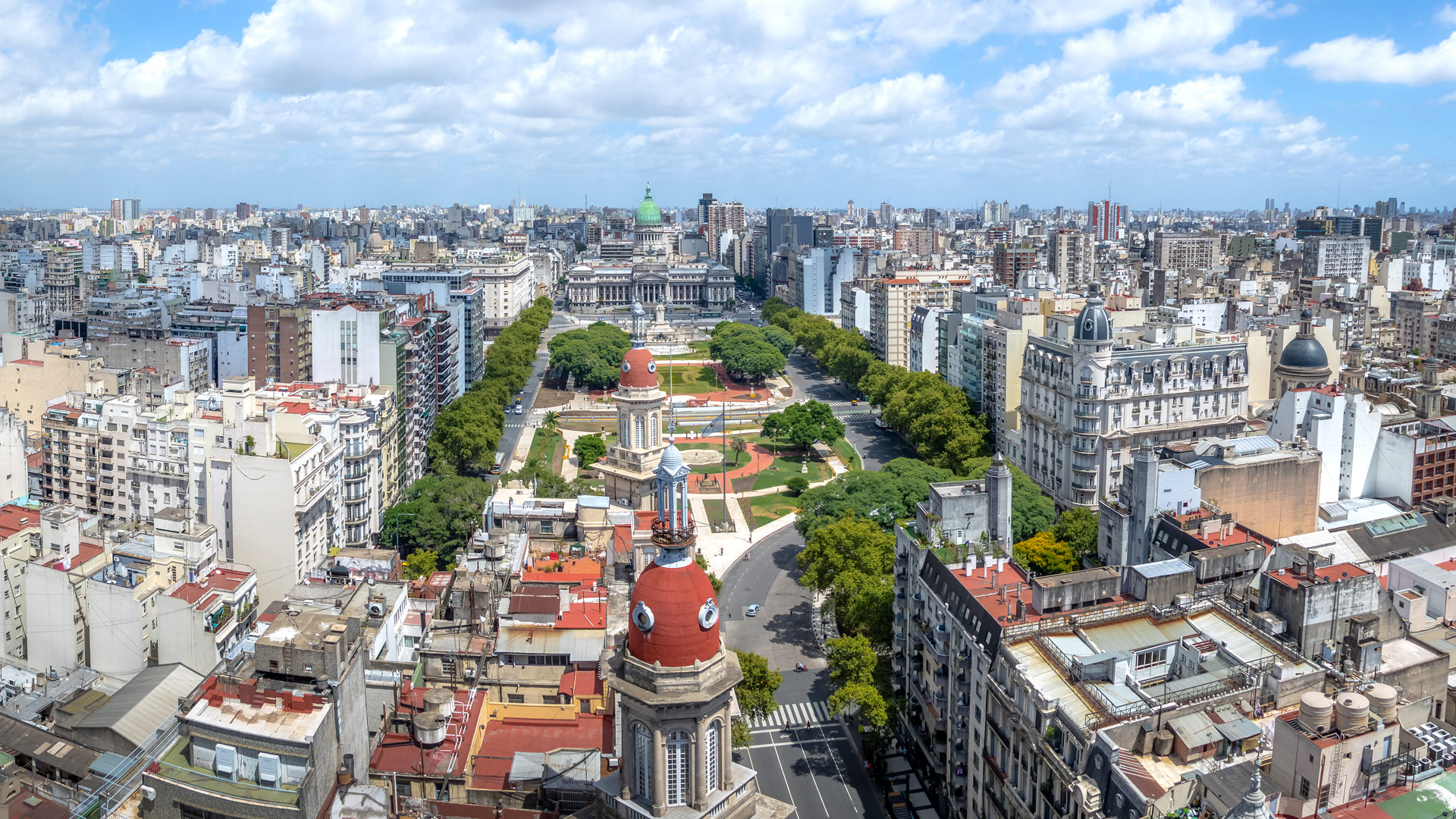
Travel to Buenos Aires
Buenos Aires
is the capital of Argentina,
of tango, steak and football
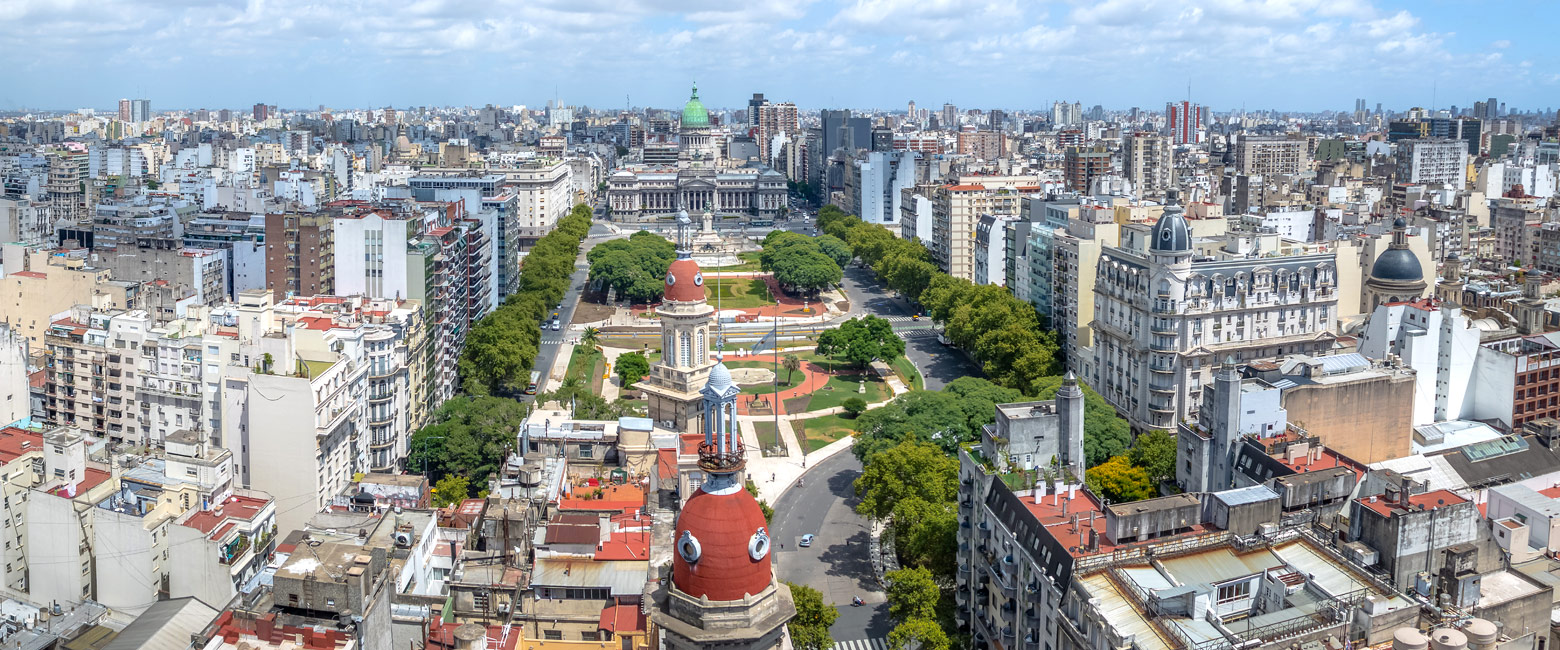
the first major Spanish settlement in South America
Set in the northeast of the country, across the Rio de la Plata from Uruguay, Buenos Aires is the historic and bustling capital and main port of Argentina.
The city was founded in 1536 by a Spanish expedition led by Pedro de Mendoza. However this part of South America continued to be ruled from the Viceroyalty of Perú until 1776, when the Viceroyalty of the Río de la Plata was formed, with Buenos Aires as its capital.
The city is centred on the Plaza de Mayo, although in truth it’s not much of a place to linger. Of far more interest are the various barrios (neighbourhoods), each of which has a quite distinct character.
Of most immediate interest are the relatively upmarket suburbs of Recoleta and Palermo, which contain the majority of the best hotels and are close to the domestic airport, so are most likely to be the areas where you spend the most time.
From there it’s possible to travel south to the older parts of the city, with the barrios of La Boca and San Telmo perhaps being the most interesting, plus the extensive harbour redevelopment at Puerto Madero.
The three major contemporary themes of Buenos Aires are tango, steak and football. If you manage to substantially include any or all of these in your visit, then you’ll really have started to get under the skin of the place.
When staying in Buenos Aires it’s also possible to do day trips out of the city, taking the ferry across to Colonia del Sacramento in Uruguay, exploring the Tigre Delta by boat or heading out across the pampas for some gaucho interaction on the many rural estancias.
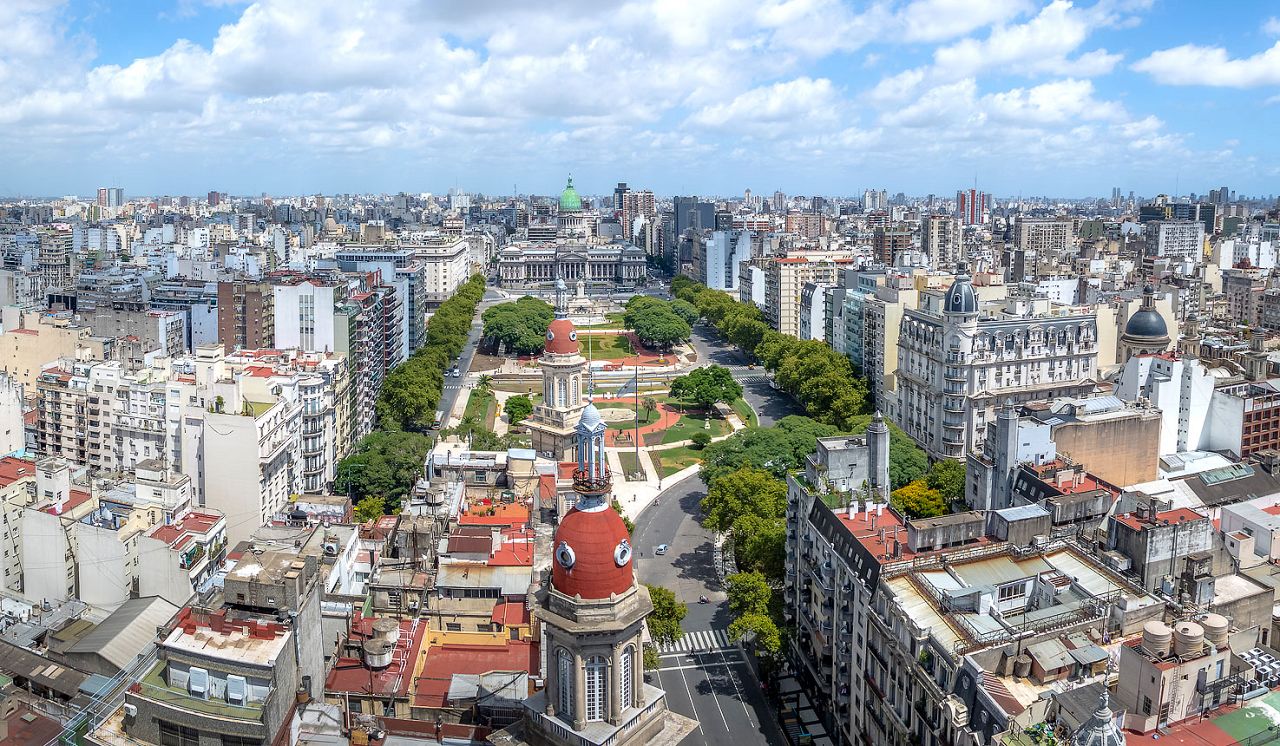
Gallery
Map
The best time to visit Buenos Aires is a little difficult to identify. Depending on whether you’re glass half empty or glass half full, there’s either no bad time or no good time.
Buenos Aires has a humid subtropical climate, with two clearly defined seasons.
During the Oct-Apr summer conditions are usually warm, humid and rainy. Average daytime temperatures usually reach around 23C/73F, with nighttime lows holding up around 19C/66F. Rainfall is pretty high, at around 125 mm (5”) per month. Sunshine is up around 8 hours per day (around 60% of daylight hours), peaking in Dec-Jan.
During the May-Sep winter the weather is usually cool and humid. Average daytime temperatures usually manage to reach around 16C/61F, with nighttime lows dropping to around 9C/48F. Rainfall is much lower, but remains significant, at around 75 mm (3”) per month. Sunshine drops to around 5 hours (around 50% of daylight hours).
Getting there
The Ministro Pistarini International Airport (EZE) in Buenos Aires is the main flight hub for Argentina, with an extensive network of flights worldwide. It’s located around 25 km (16 miles) to the southwest of the city centre.
Once in Argentina, it’s usual to fly between the various key areas.
Although there are domestic connections out of the above airport, it’s the Aeroparque Internacional Jorge Newbery (AEP) which is (despite its name) the main hub for domestic flights around the country. It’s located on the waterfront just north of the city centre, close to the main cluster of hotels.
When connecting between these two airports in Buenos Aires, the transfer should take less than an hour, but it’s definitely worth leaving at least two hours in case of traffic issues. Often when connecting between these airports, it’s worth deploying a night or two in town.
It’s worth pointing out that, if you are not specifically interested in visiting Buenos Aires, then it can be easier and more convenient to fly directly into Foz do Iguacu Airport (IGU) on the Brazil side of the Iguazú Falls and enter Argentina that way.
Where to stay
If you need to stay in the Buenos Aires area, there are two very different options of places to stay …
The first option is to stay in the city of Buenos Aires itself, usually choosing a hotel in the reasonably upmarket Recoleta and Palermo suburbs just to the north of the city centre, but with further options out in the extensive harbour redevelopment at Puerto Madero.
The second option is to avoid the city completely and head for one of the lovely and historic estancias out on the surrounding rural pampas, where you can get a taste of the famous gaucho culture.
often features for one or two nights
let us know your thoughts about Argentina
and we will help you create the perfect safari
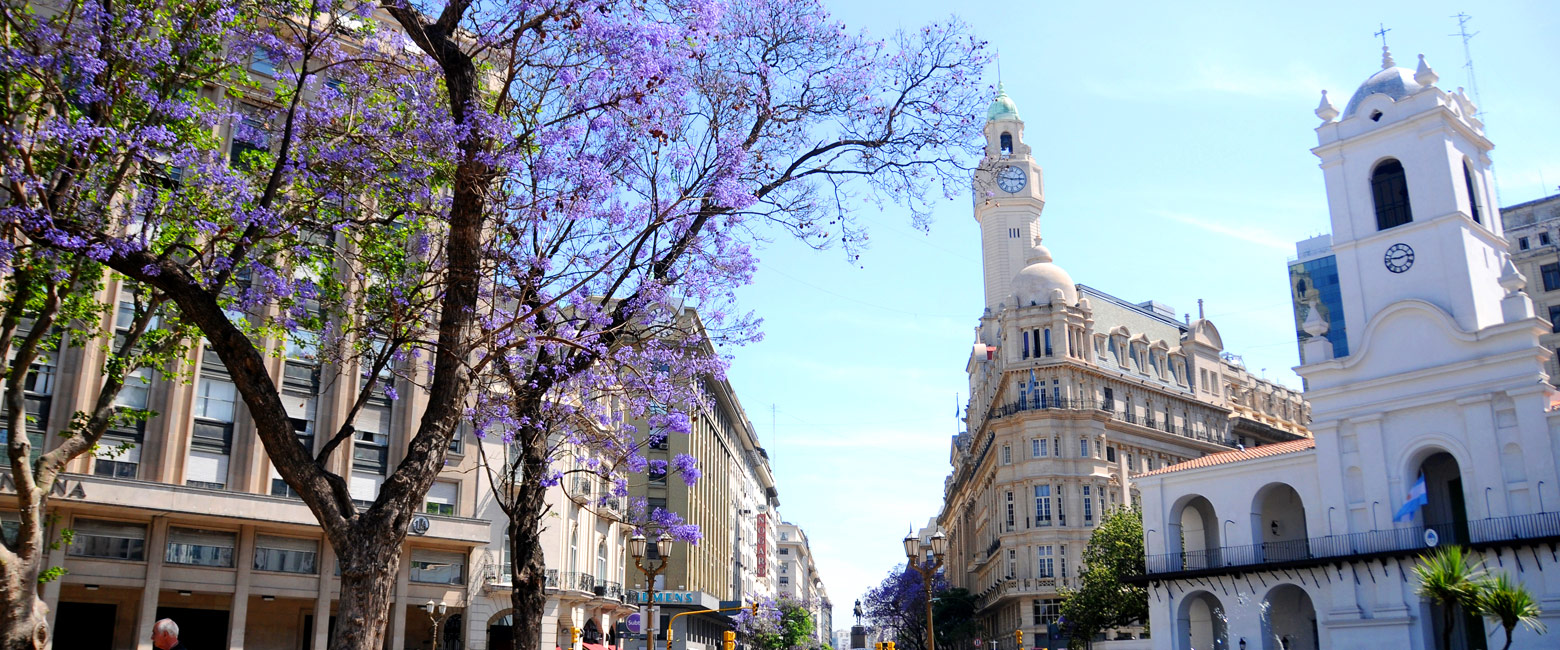
Extraordinary tailor-made adventures,
from earthy and edgy to easy and extravagant
From around USD 2500 per person, you set the ceiling
Sample Trips
Here are some of our popular trip shapes
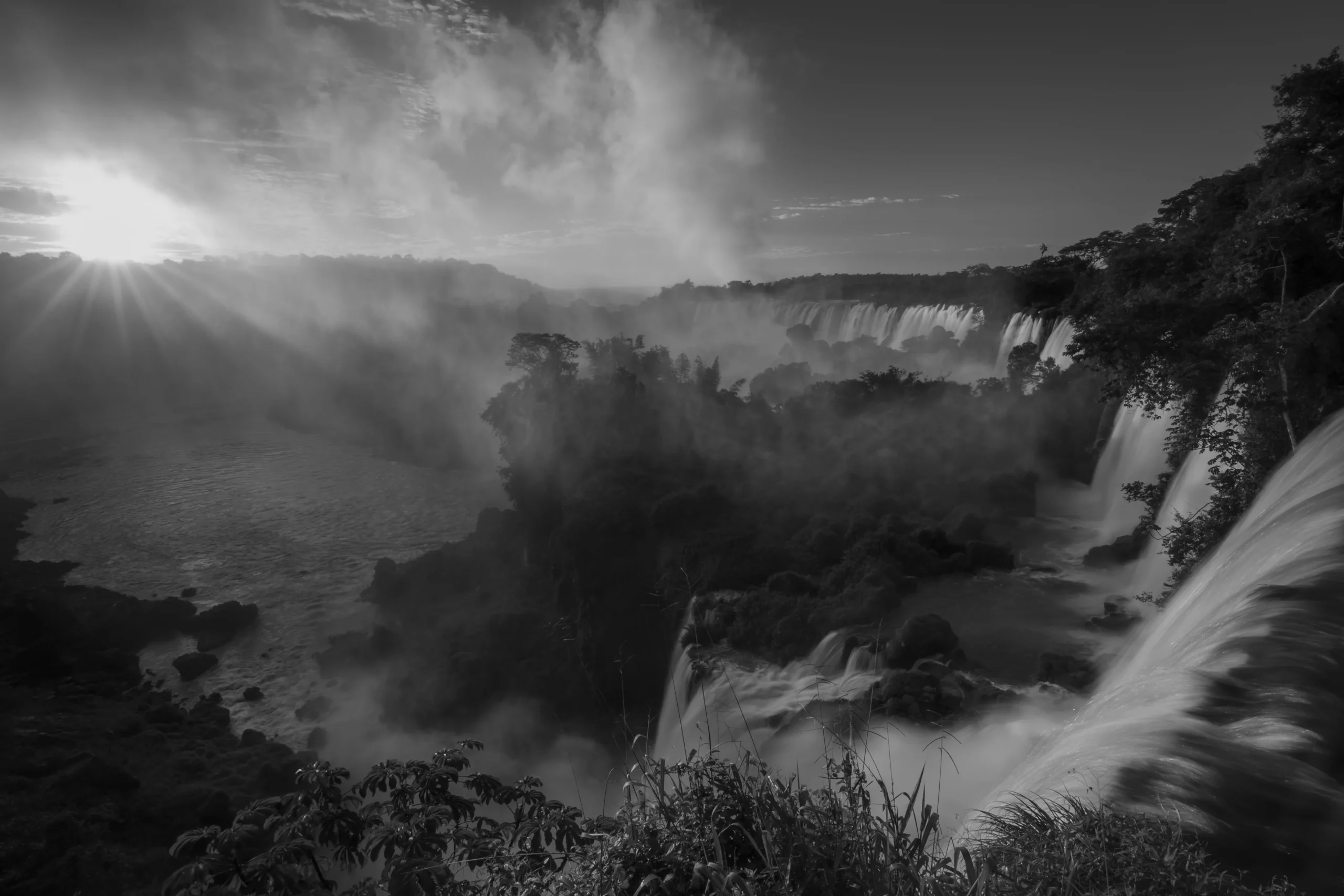
Get started on your trip
It’s never too soon to get in touch, we are here to help with every stage of your planning.
Best Lodges
We regularly inspect and photograph all of the the best lodges, to ensure that we always recommend the most suitable options
Key Locations
Take a look around related locations. Click ‘View more’ to explore locations further afield.
Where Next?
Where Next?
We offer trips to dozens of fabulous countries.
Might one of these might be your next great adventure?

Please rotate your screen.














